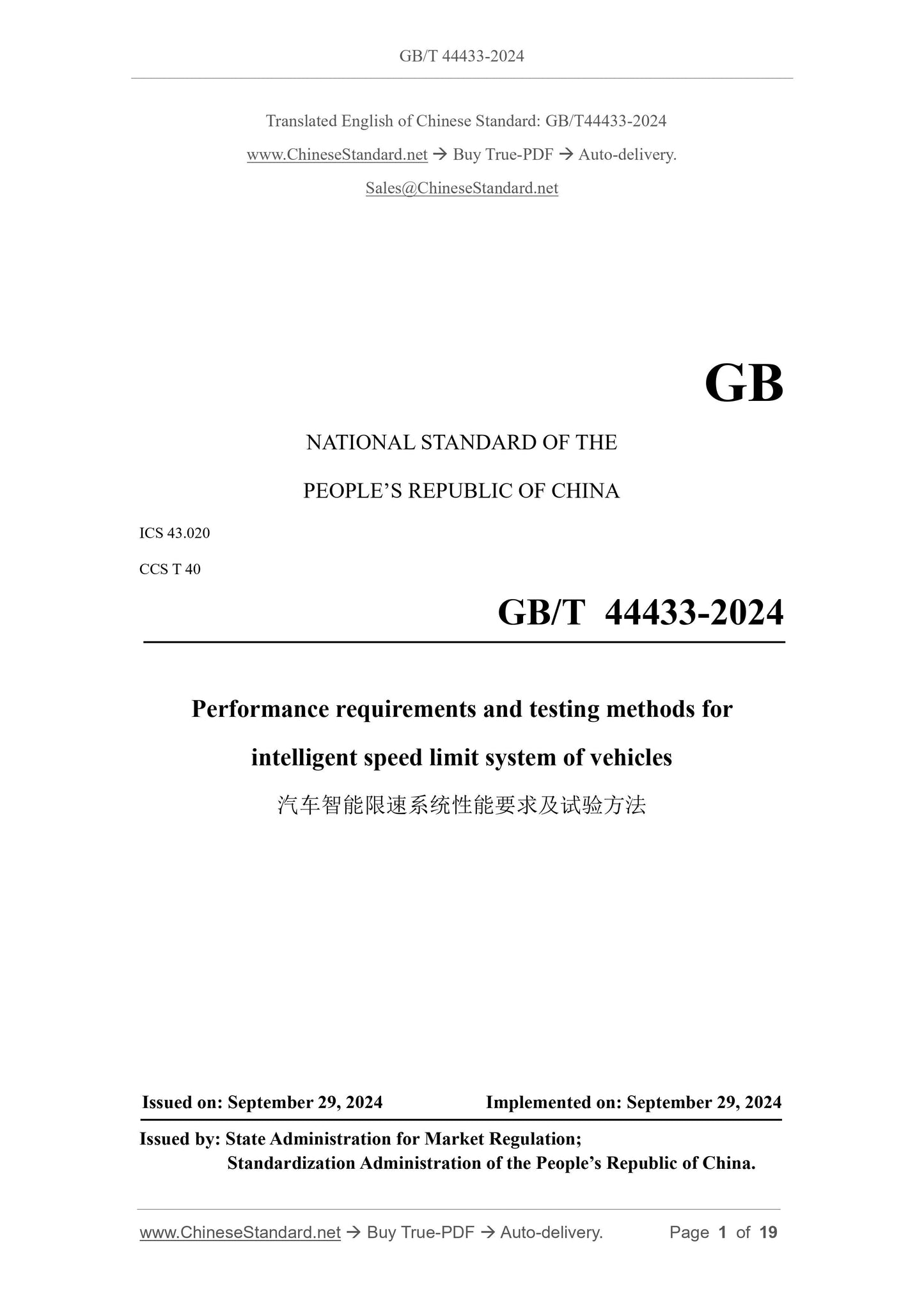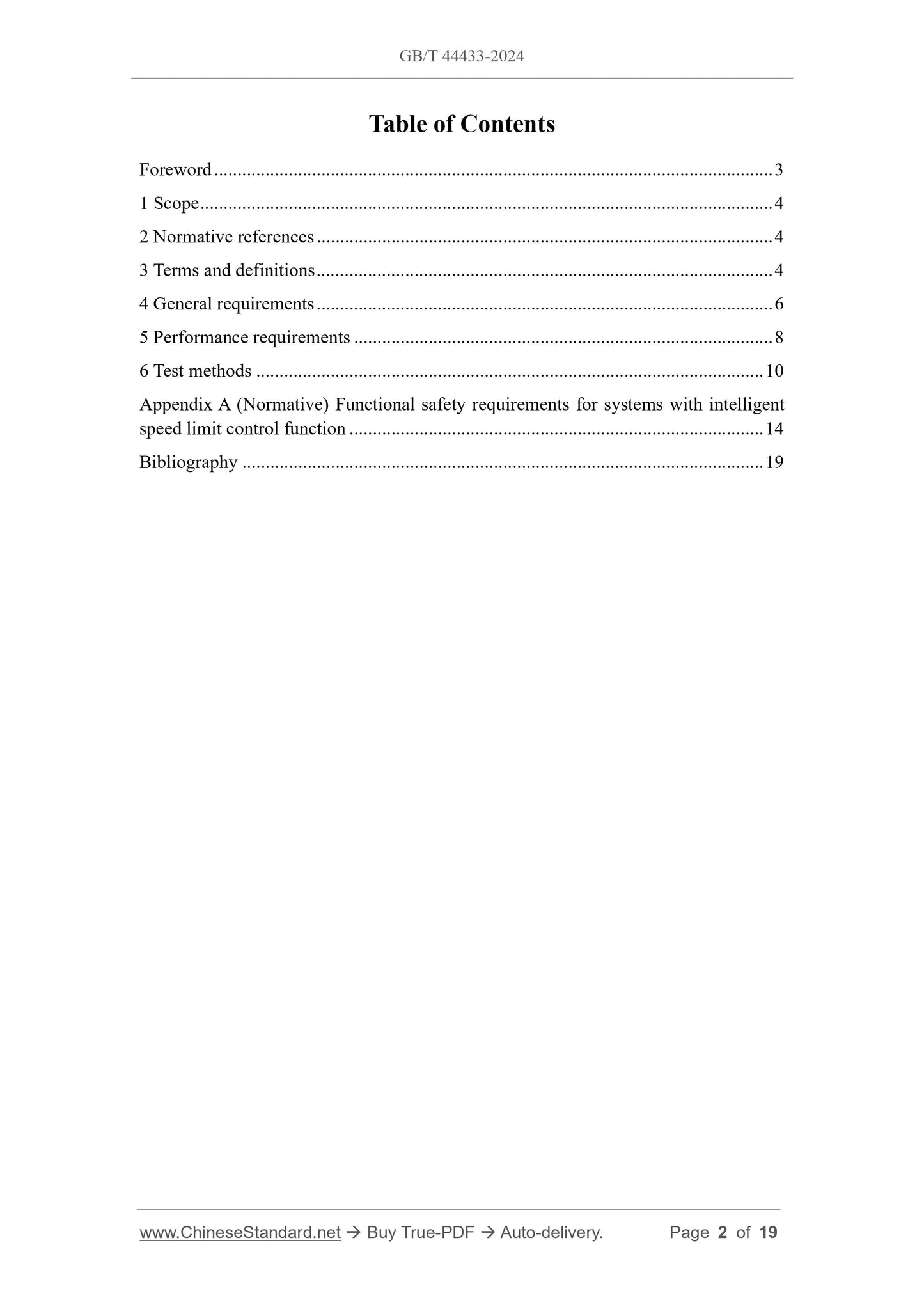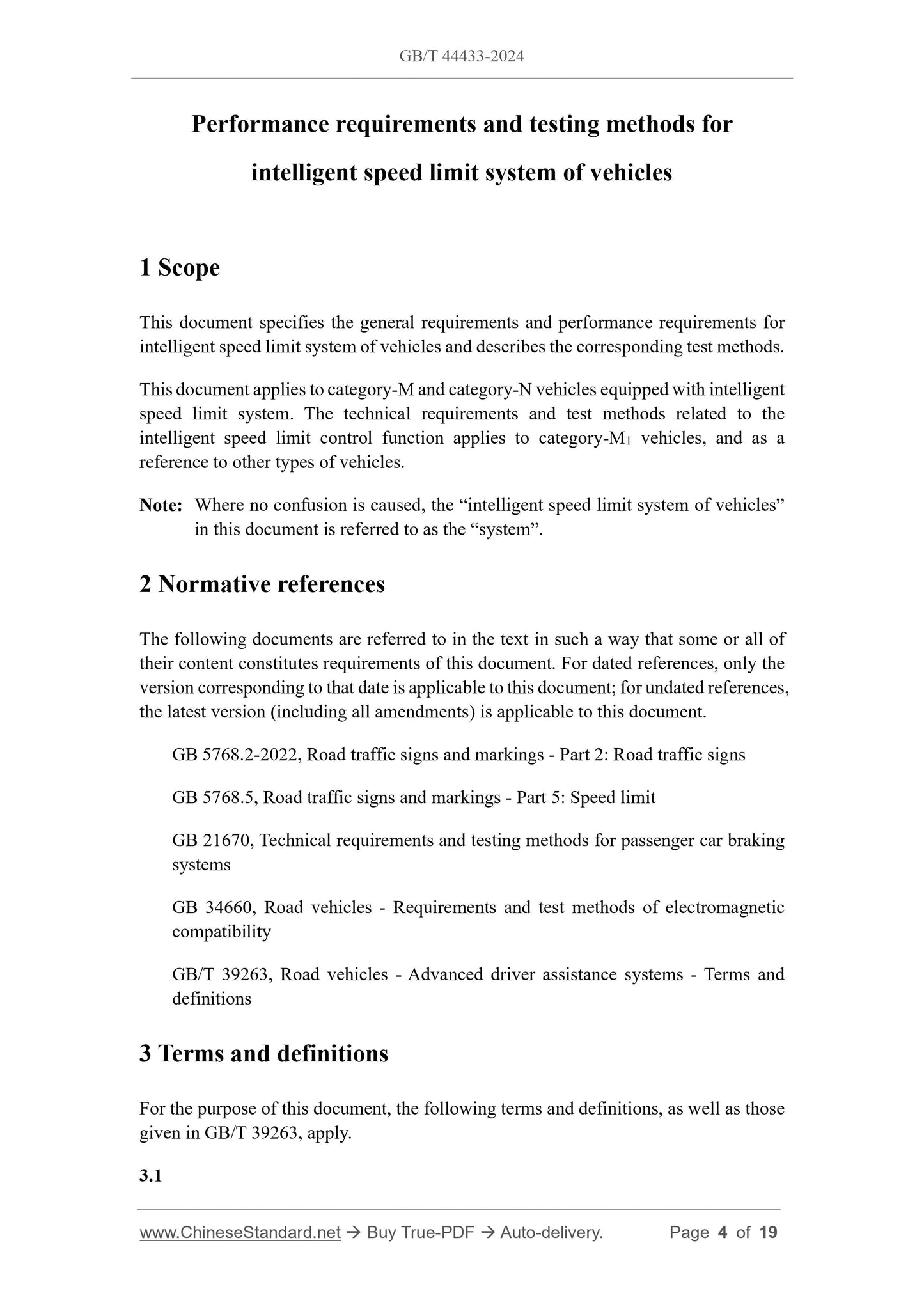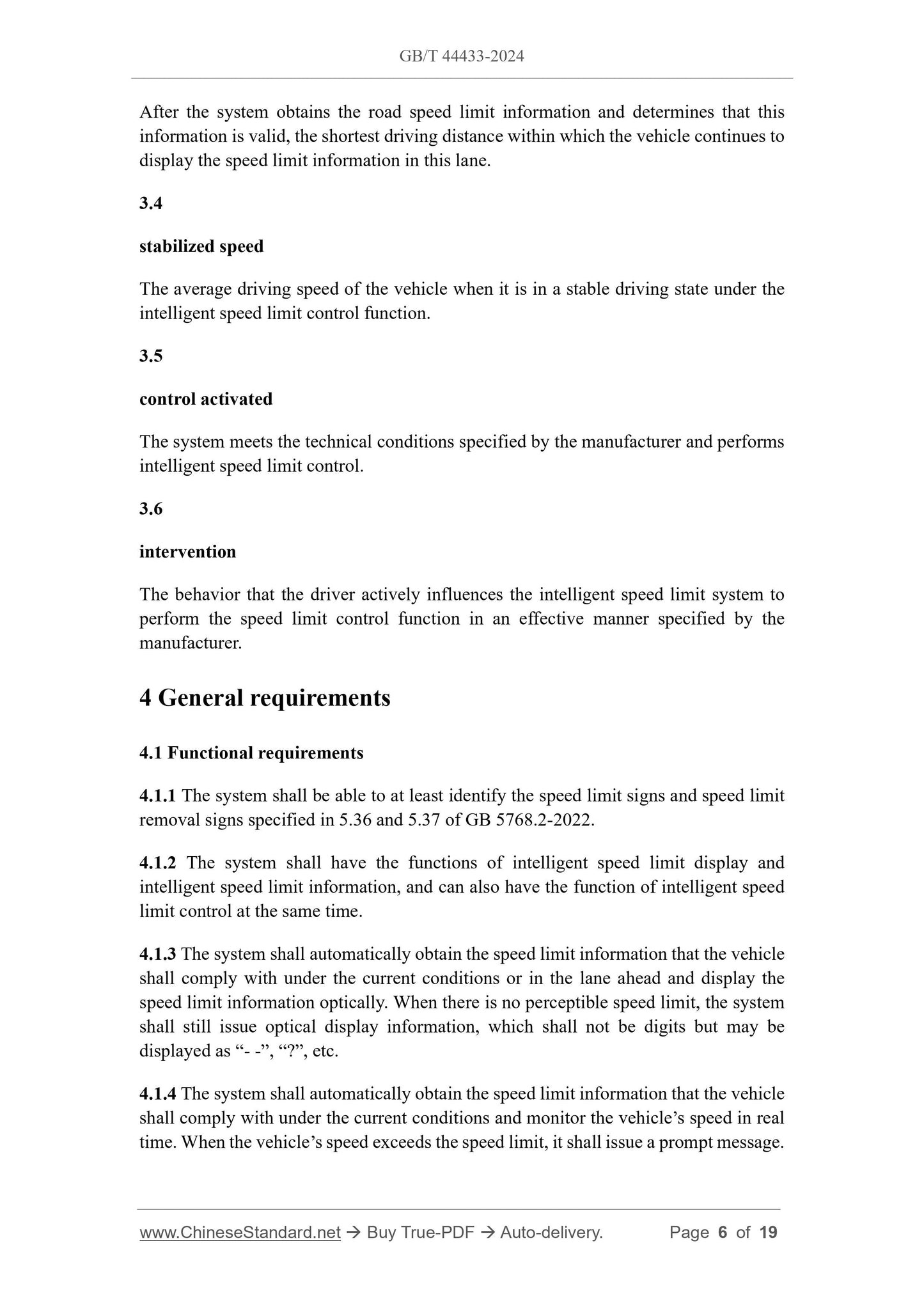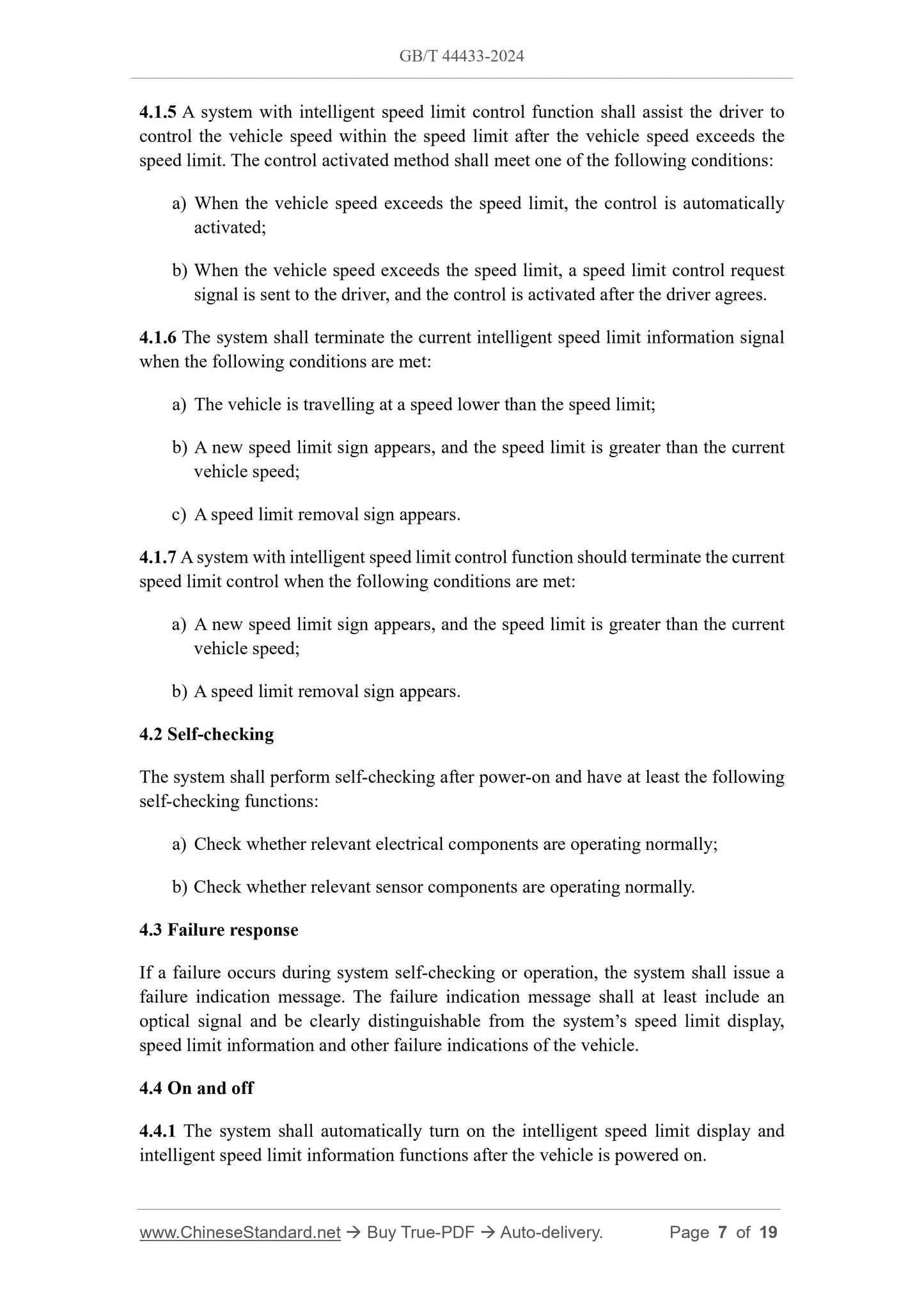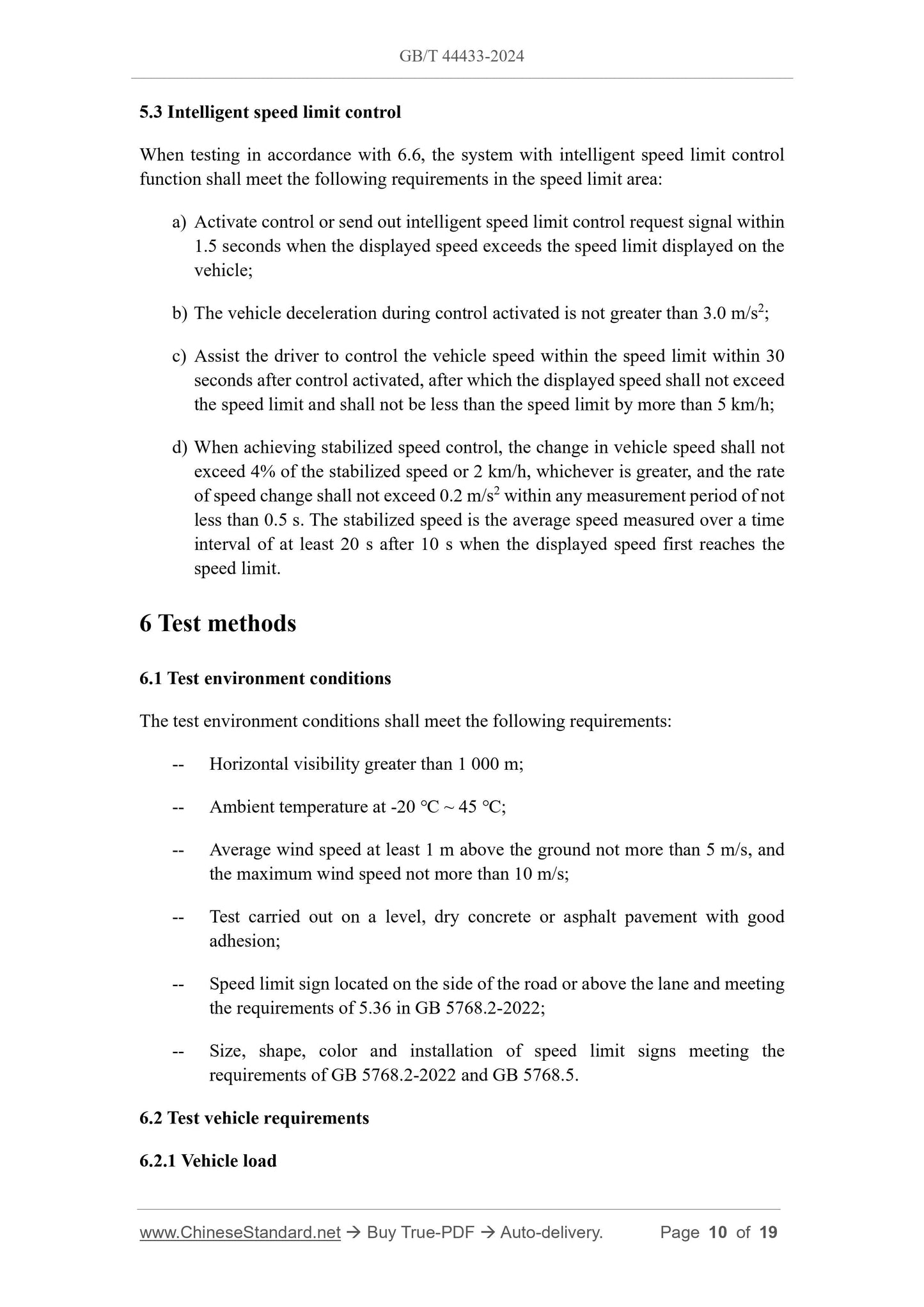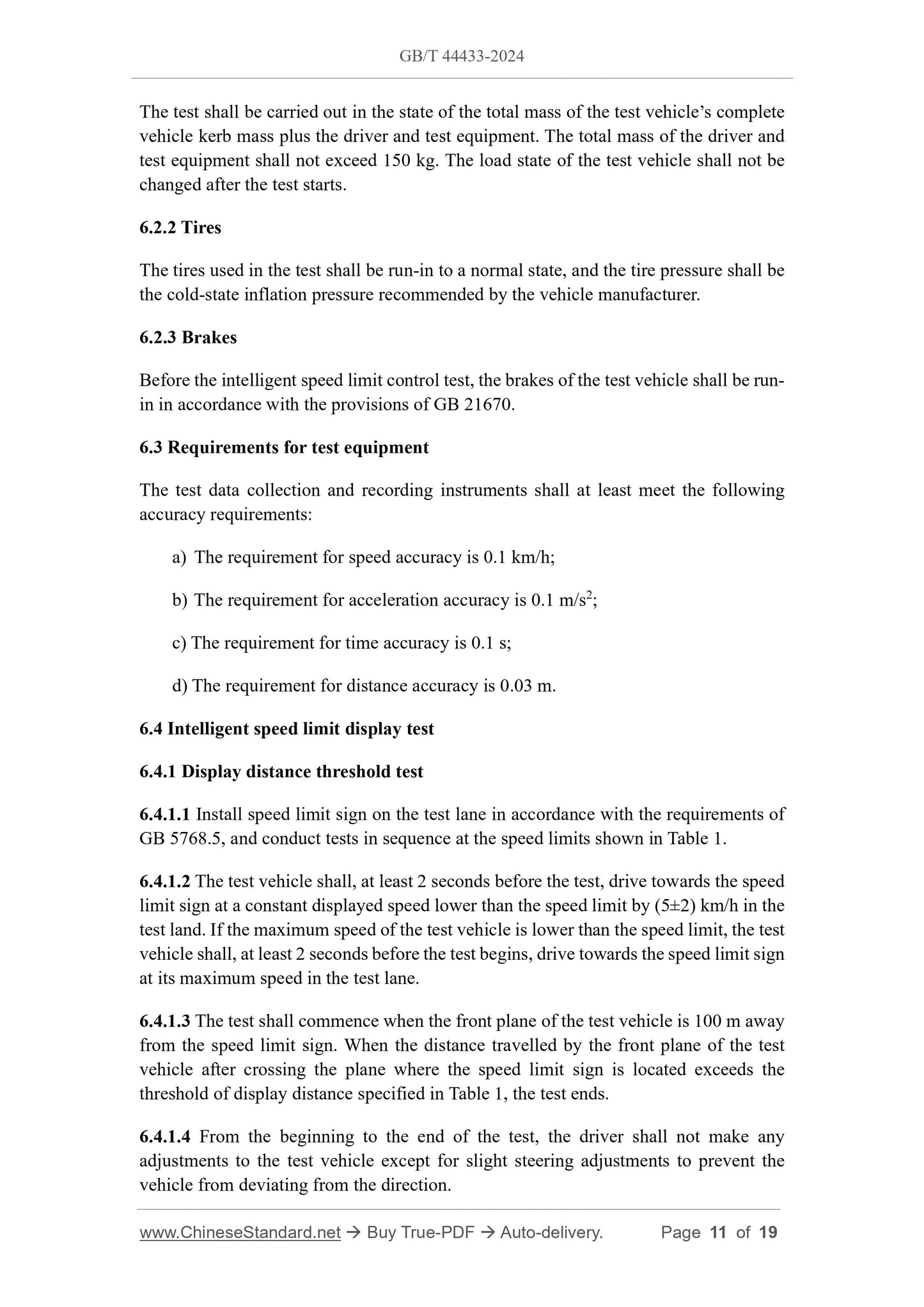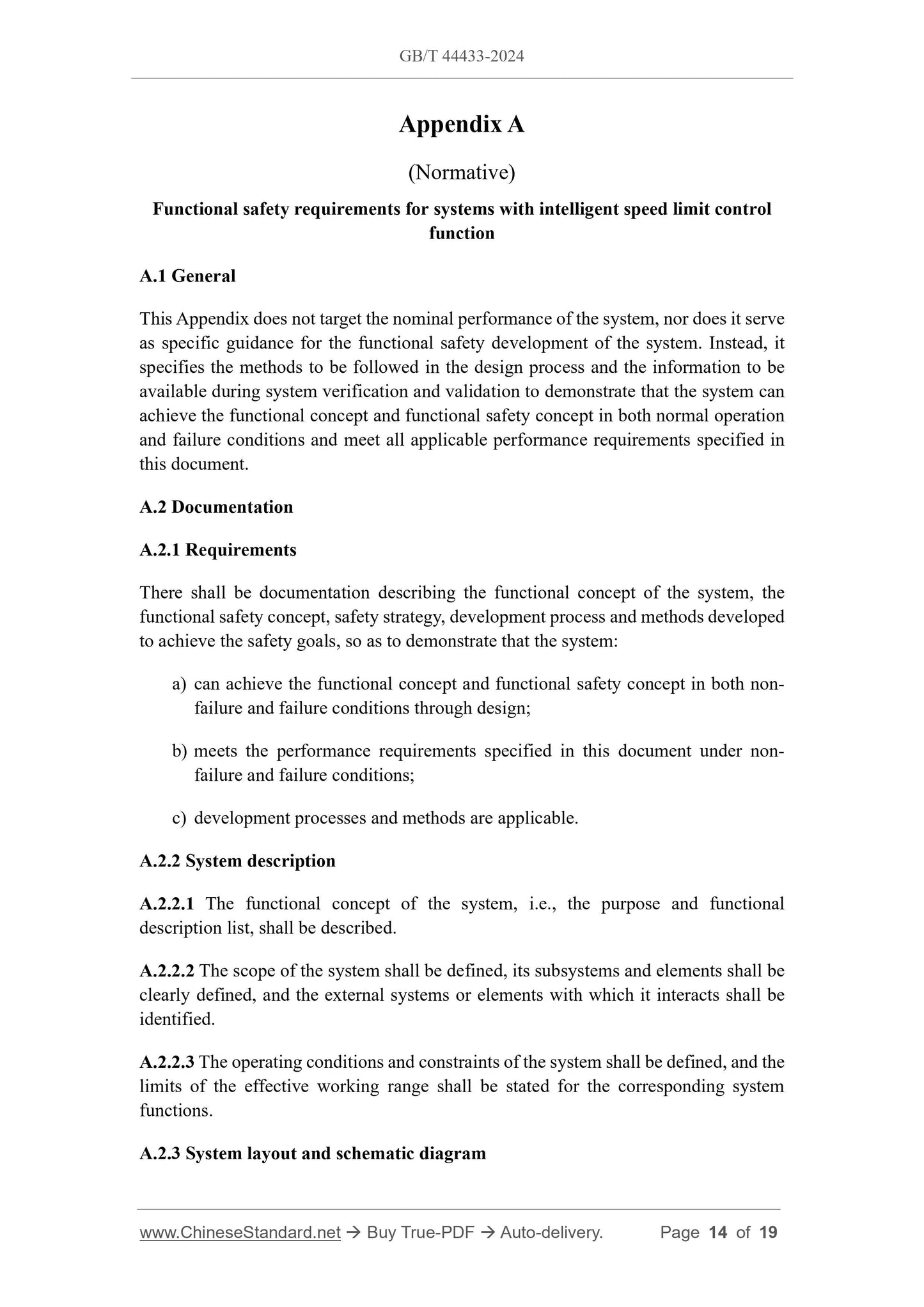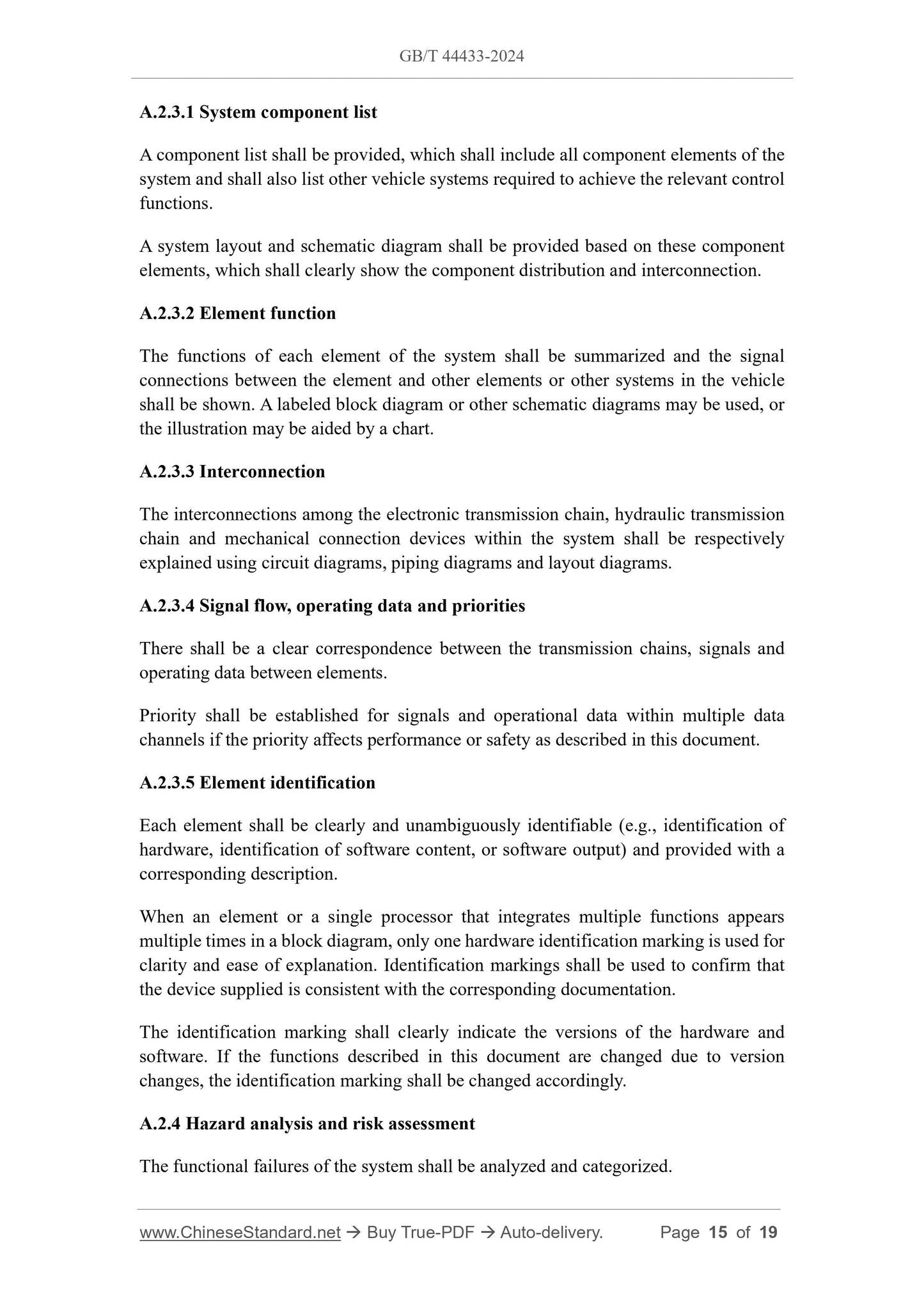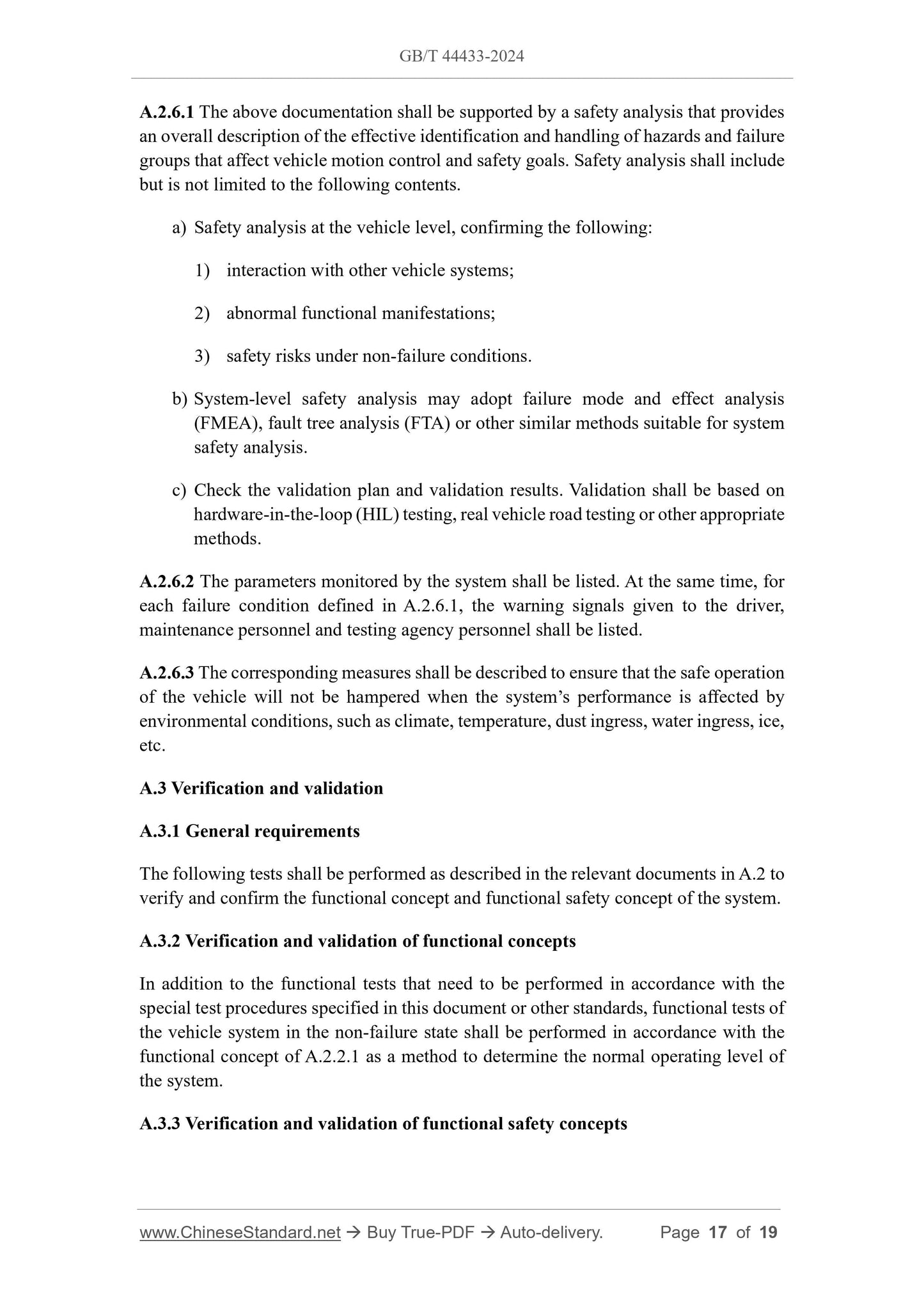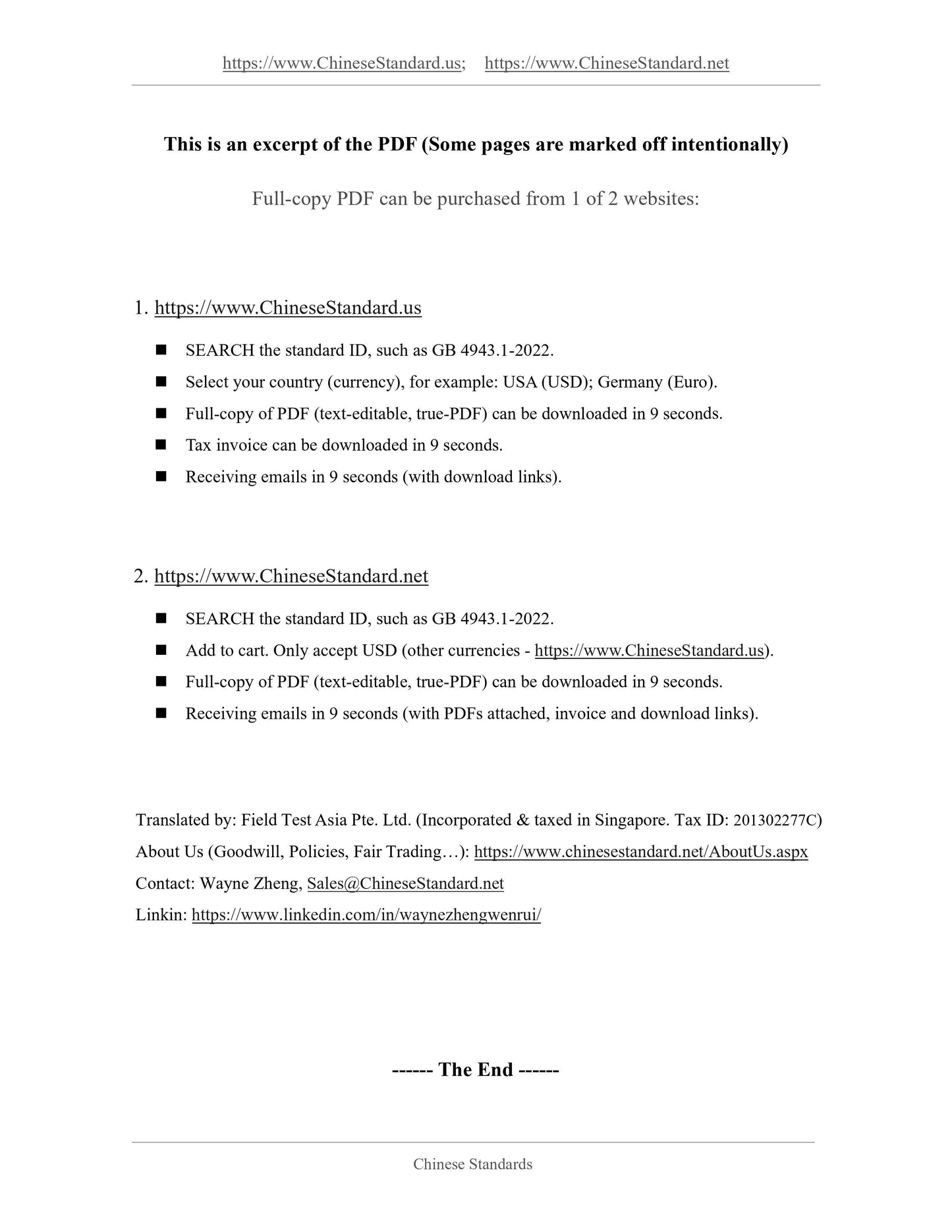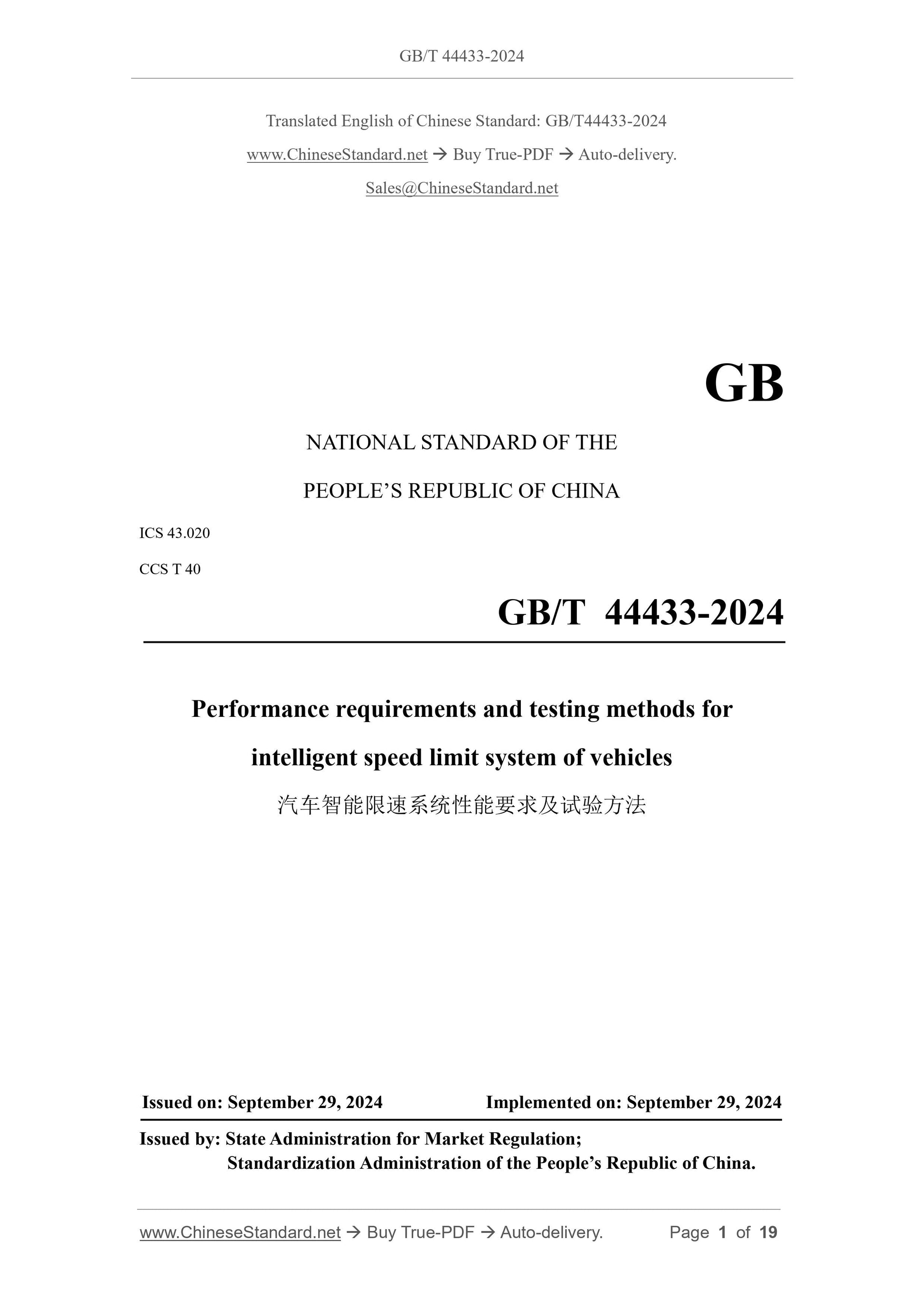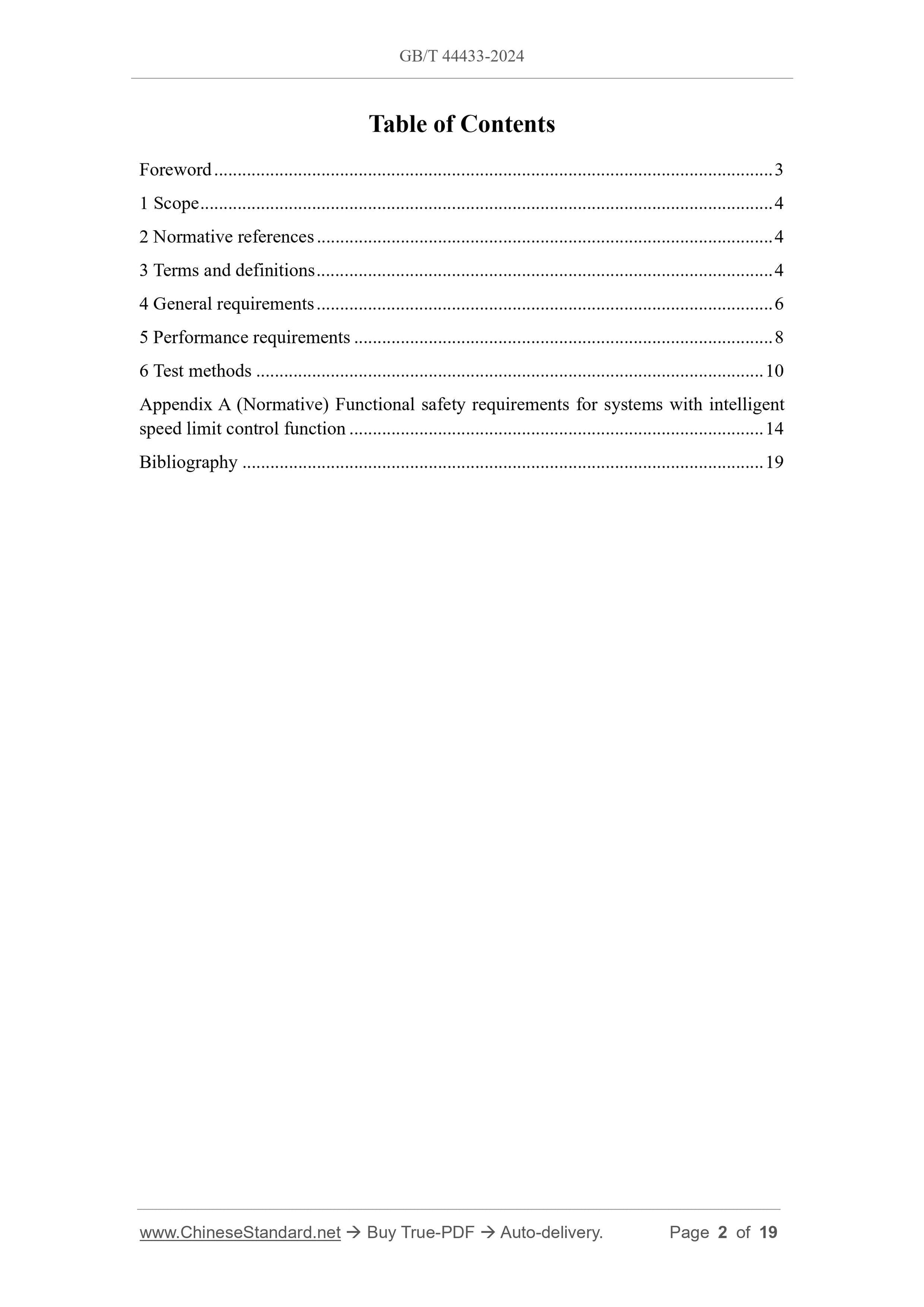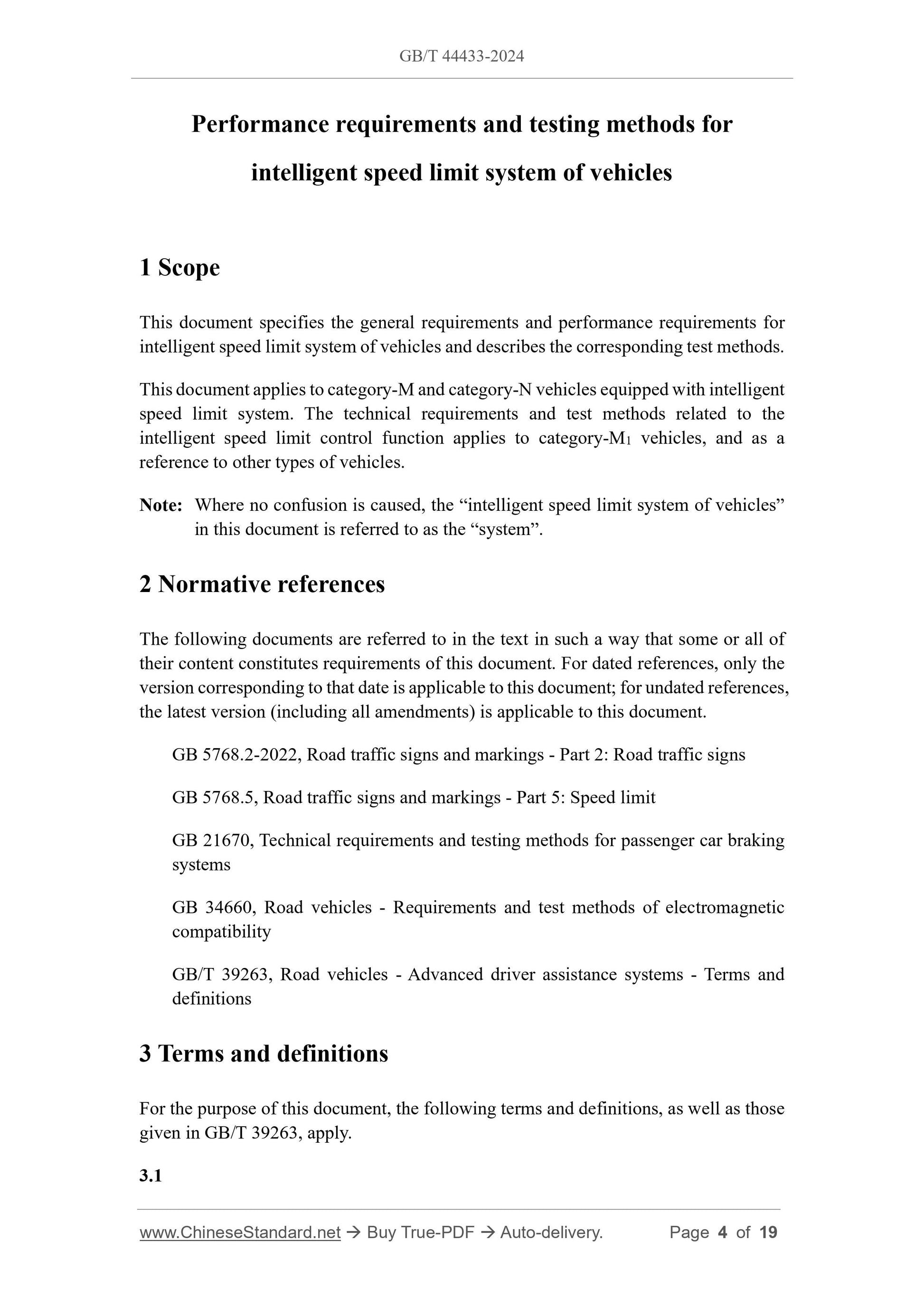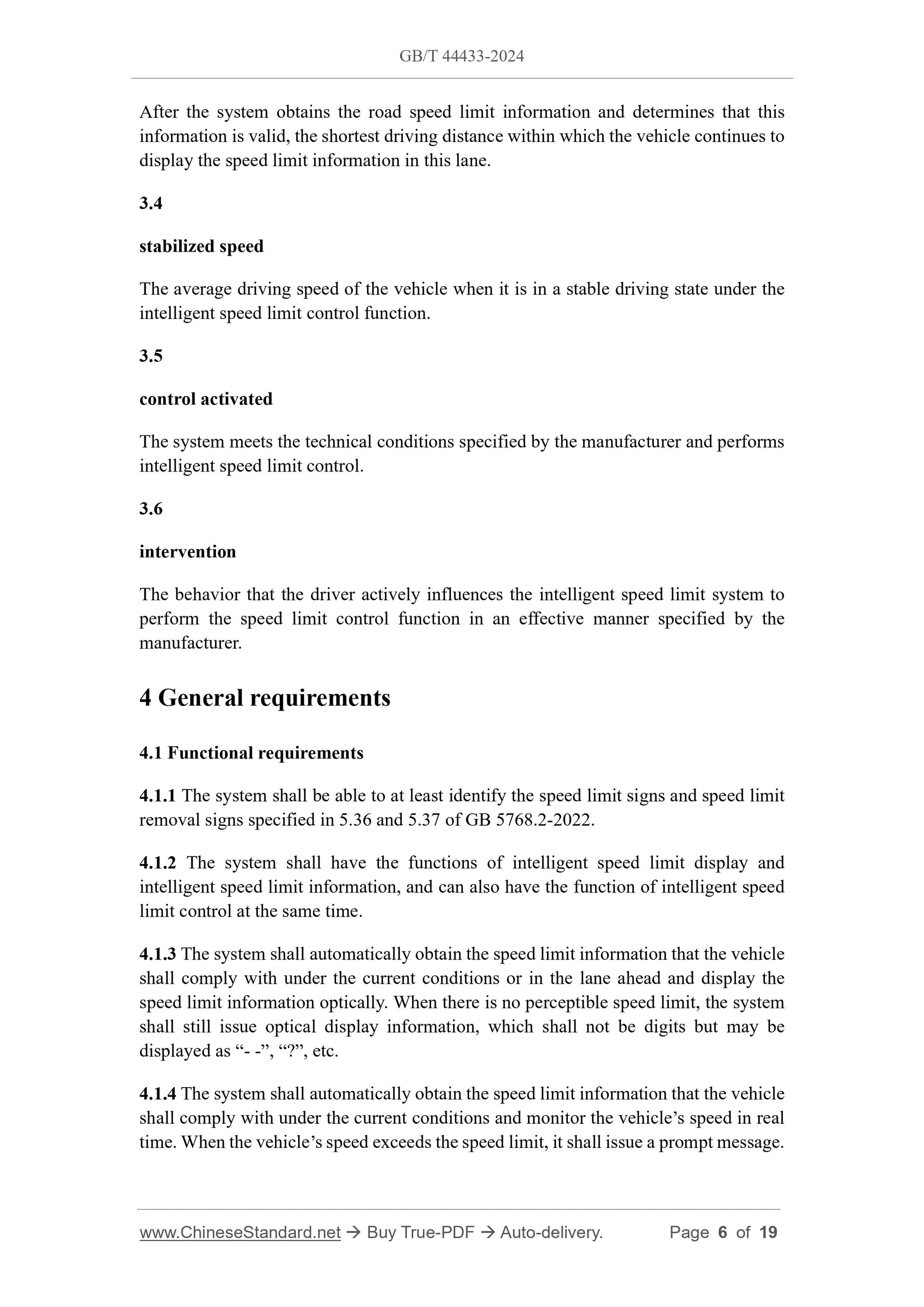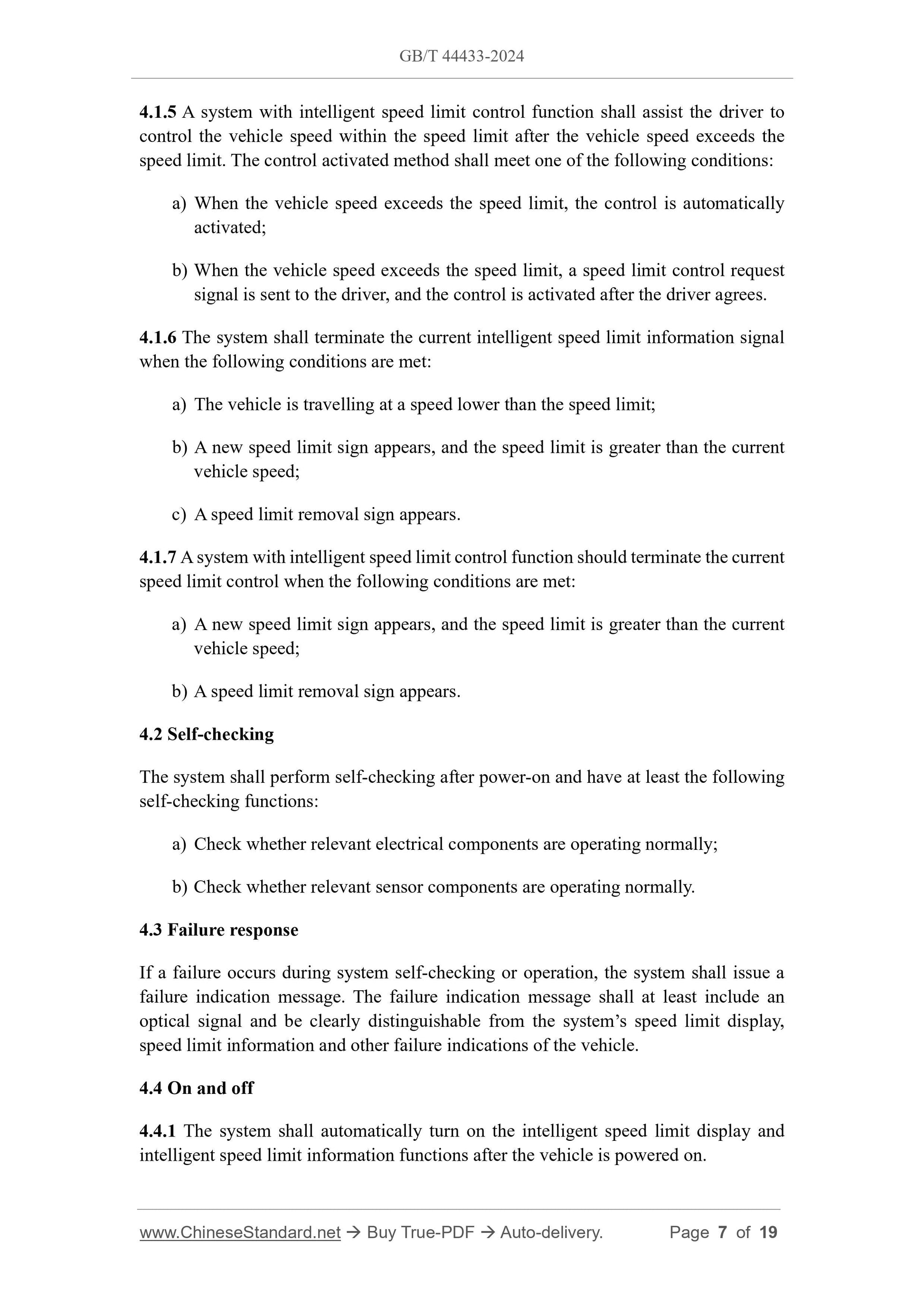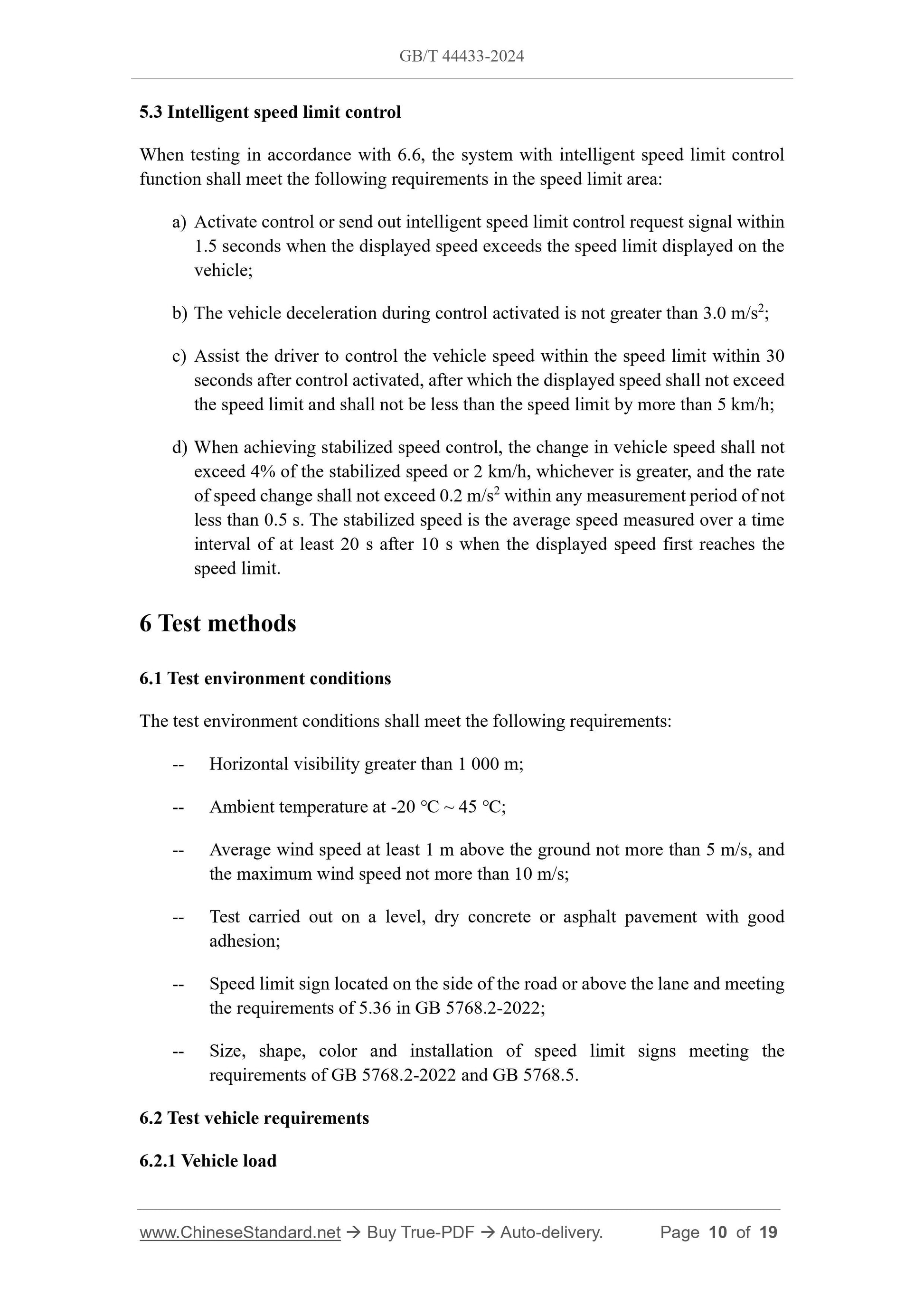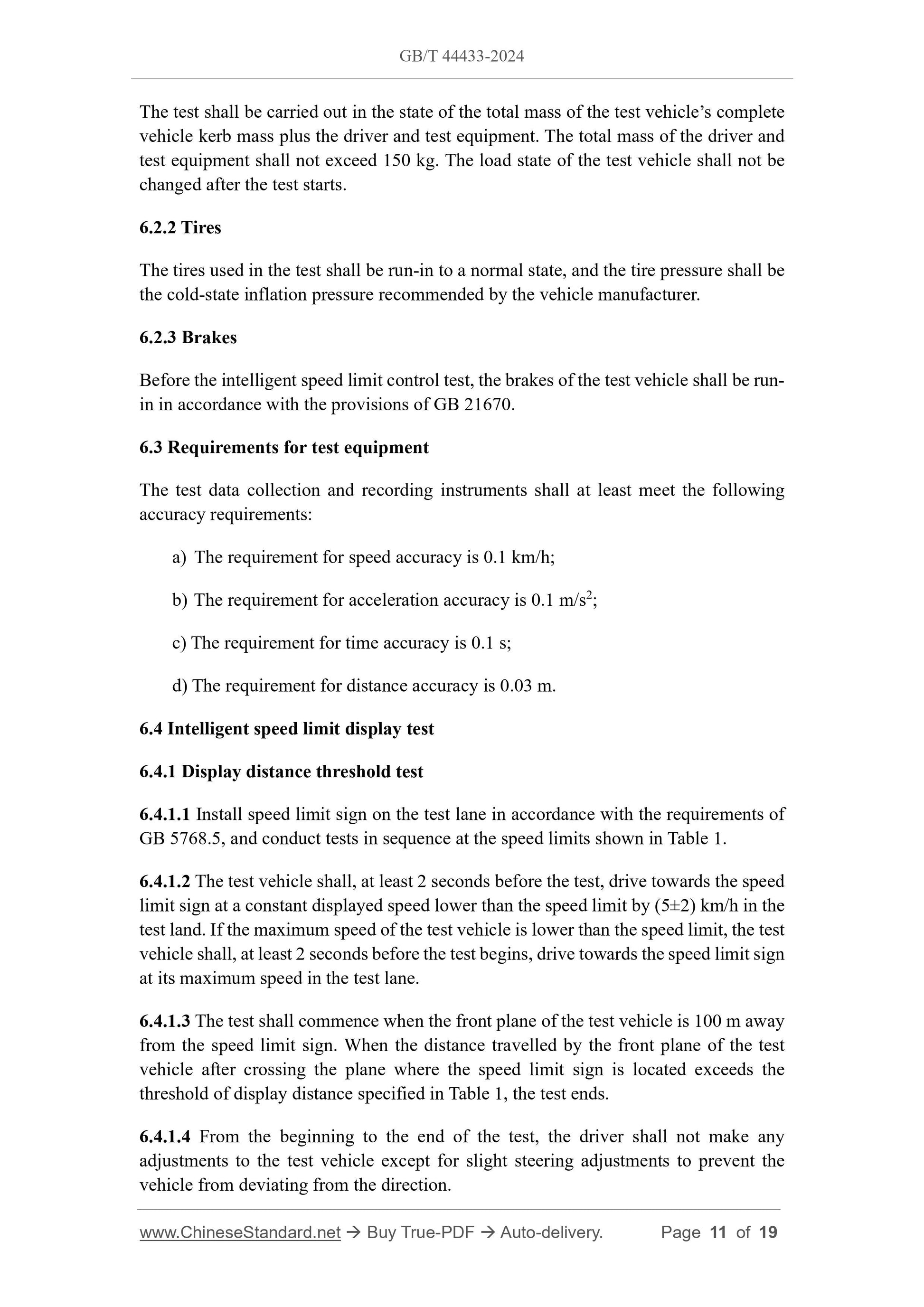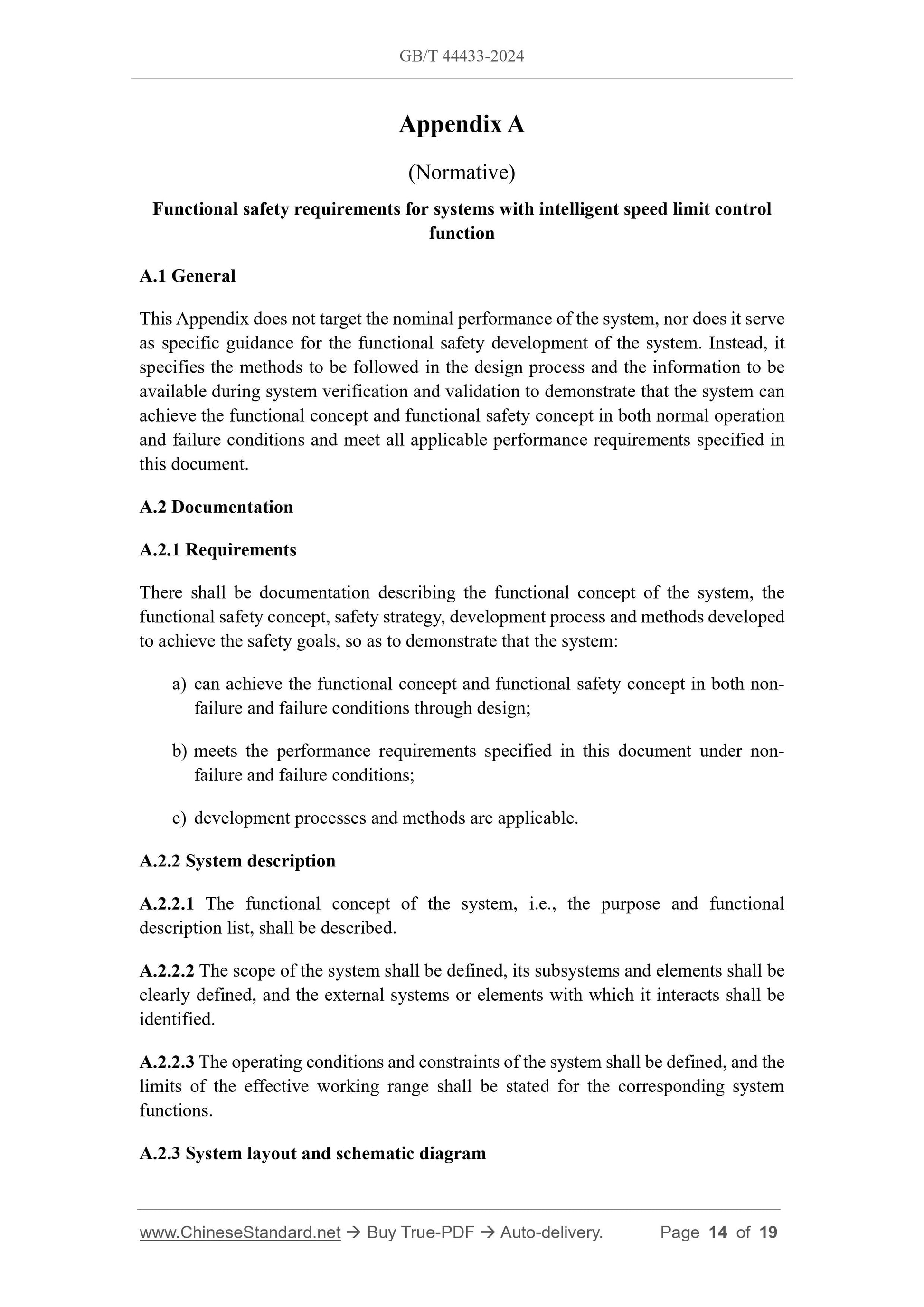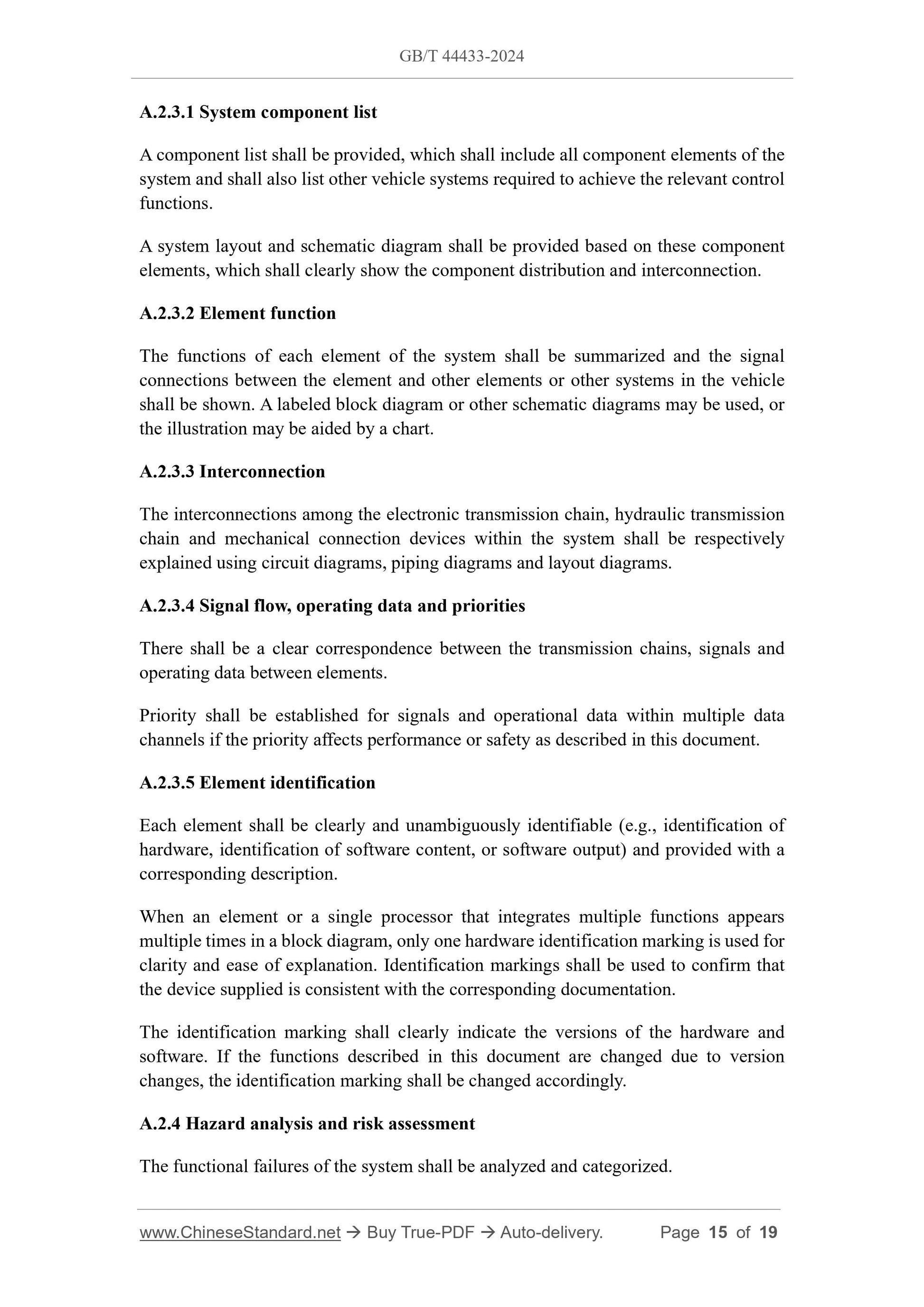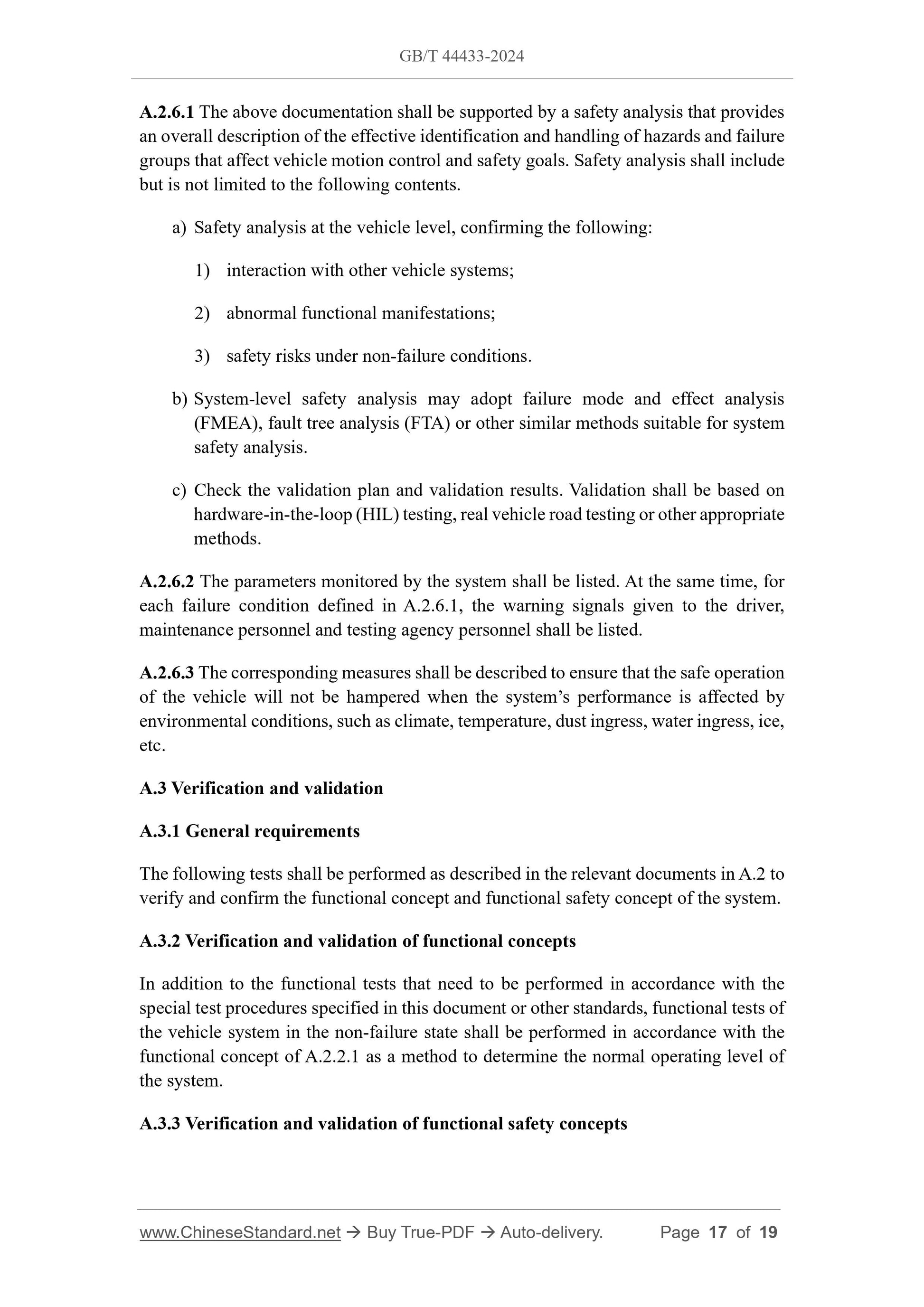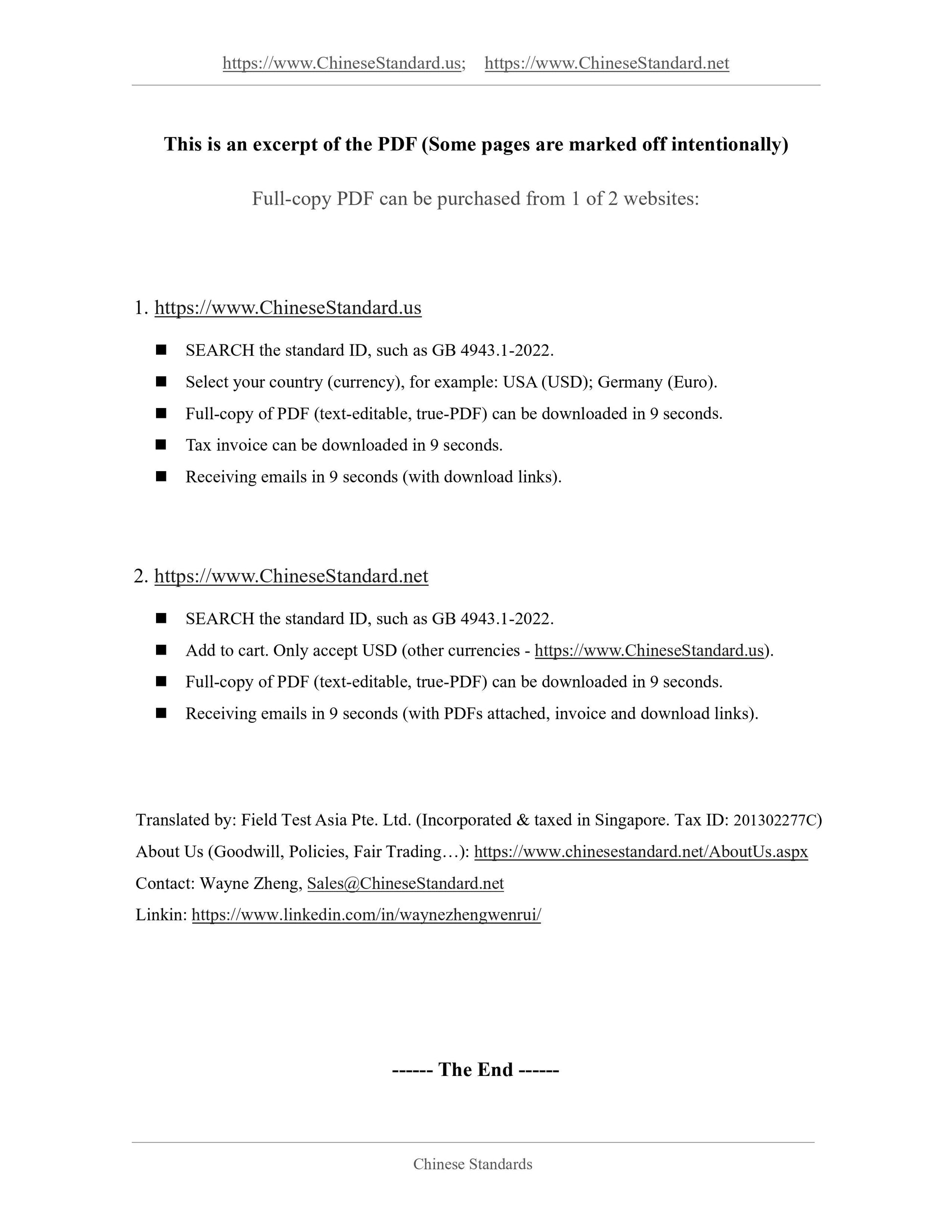1
/
of
11
www.ChineseStandard.us -- Field Test Asia Pte. Ltd.
GB/T 44433-2024 English PDF (GB/T44433-2024)
GB/T 44433-2024 English PDF (GB/T44433-2024)
Regular price
$320.00
Regular price
Sale price
$320.00
Unit price
/
per
Shipping calculated at checkout.
Couldn't load pickup availability
GB/T 44433-2024: Performance requirements and testing methods for intelligent speed limit system of vehicles
Delivery: 9 seconds. Download (and Email) true-PDF + Invoice.Get Quotation: Click GB/T 44433-2024 (Self-service in 1-minute)
Newer / historical versions: GB/T 44433-2024
Preview True-PDF
Scope
This document specifies the general requirements and performance requirements forintelligent speed limit system of vehicles and describes the corresponding test methods.
This document applies to category-M and category-N vehicles equipped with intelligent
speed limit system. The technical requirements and test methods related to the
intelligent speed limit control function applies to category-M1 vehicles, and as a
reference to other types of vehicles.
Note: Where no confusion is caused, the “intelligent speed limit system of vehicles”
in this document is referred to as the “system”.
Basic Data
| Standard ID | GB/T 44433-2024 (GB/T44433-2024) |
| Description (Translated English) | Performance requirements and testing methods for intelligent speed limit system of vehicles |
| Sector / Industry | National Standard (Recommended) |
| Classification of Chinese Standard | T40 |
| Classification of International Standard | 43.020 |
| Word Count Estimation | 18,182 |
| Date of Issue | 2024-09-29 |
| Date of Implementation | 2024-09-29 |
| Issuing agency(ies) | State Administration for Market Regulation, China National Standardization Administration |
Share
